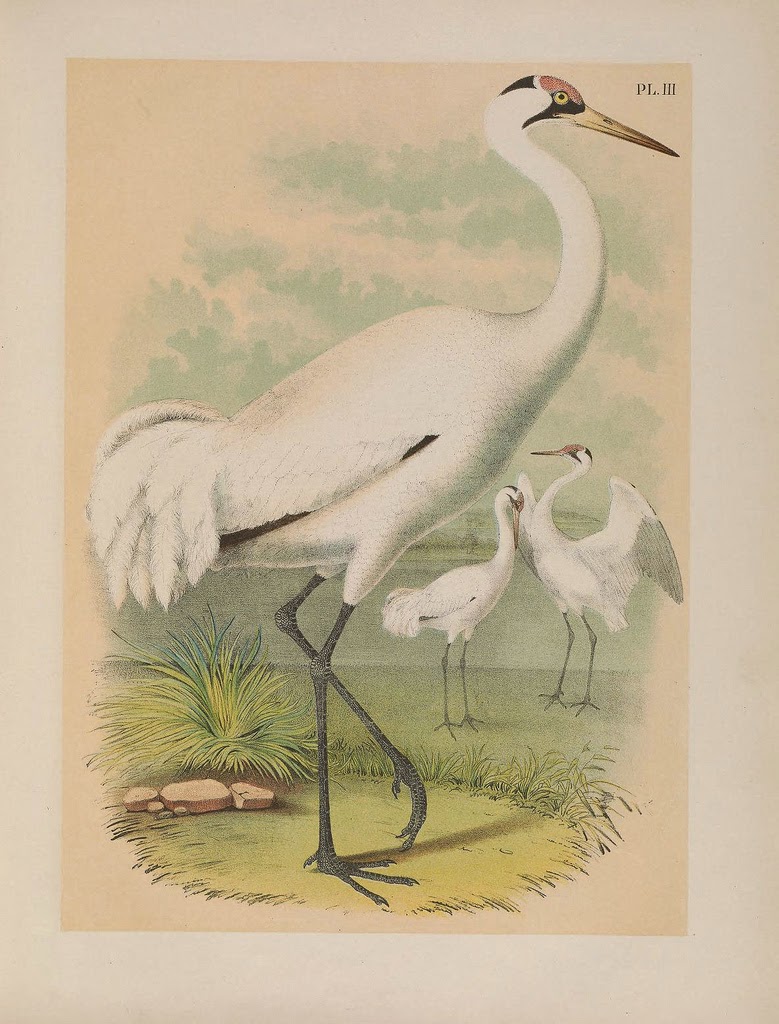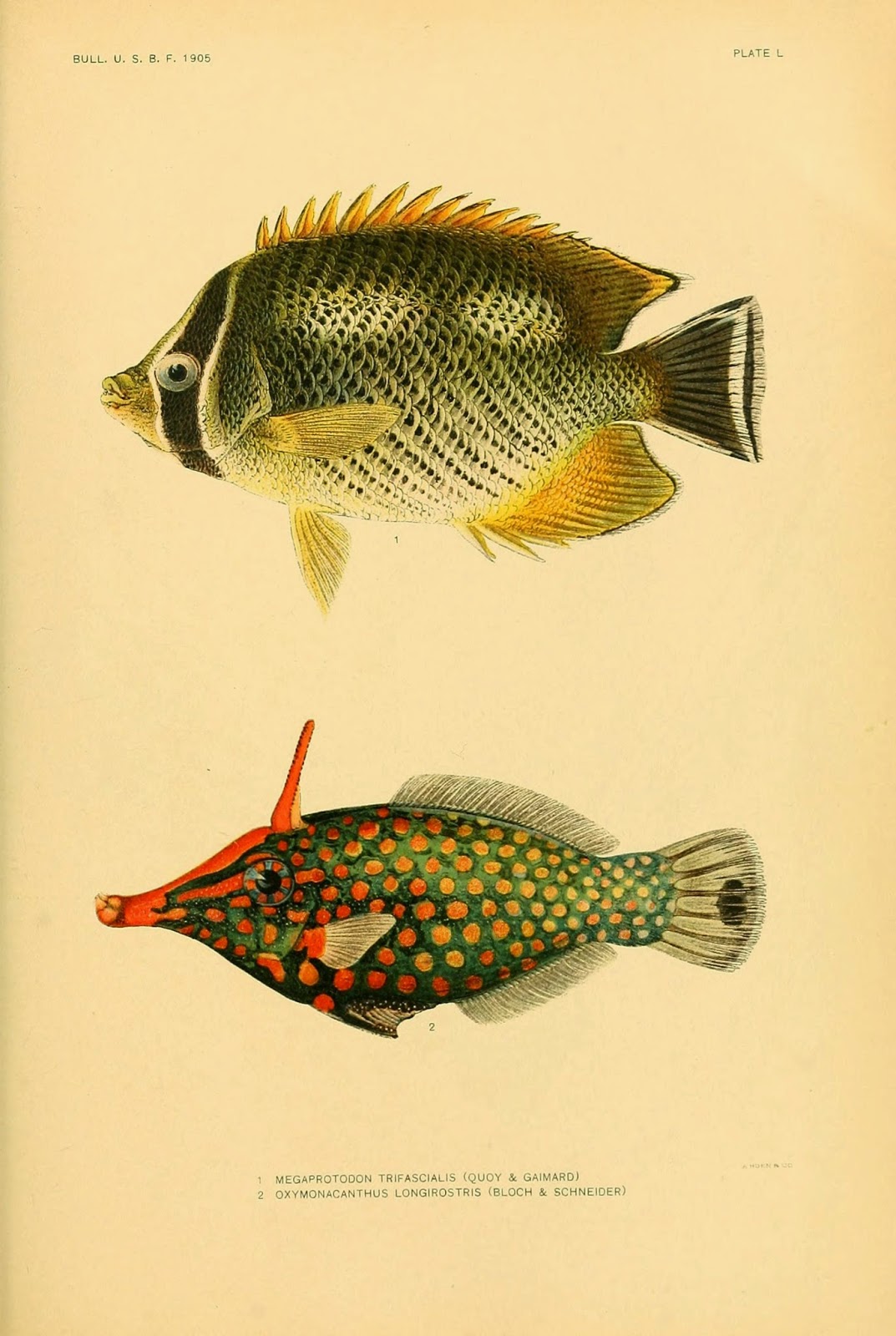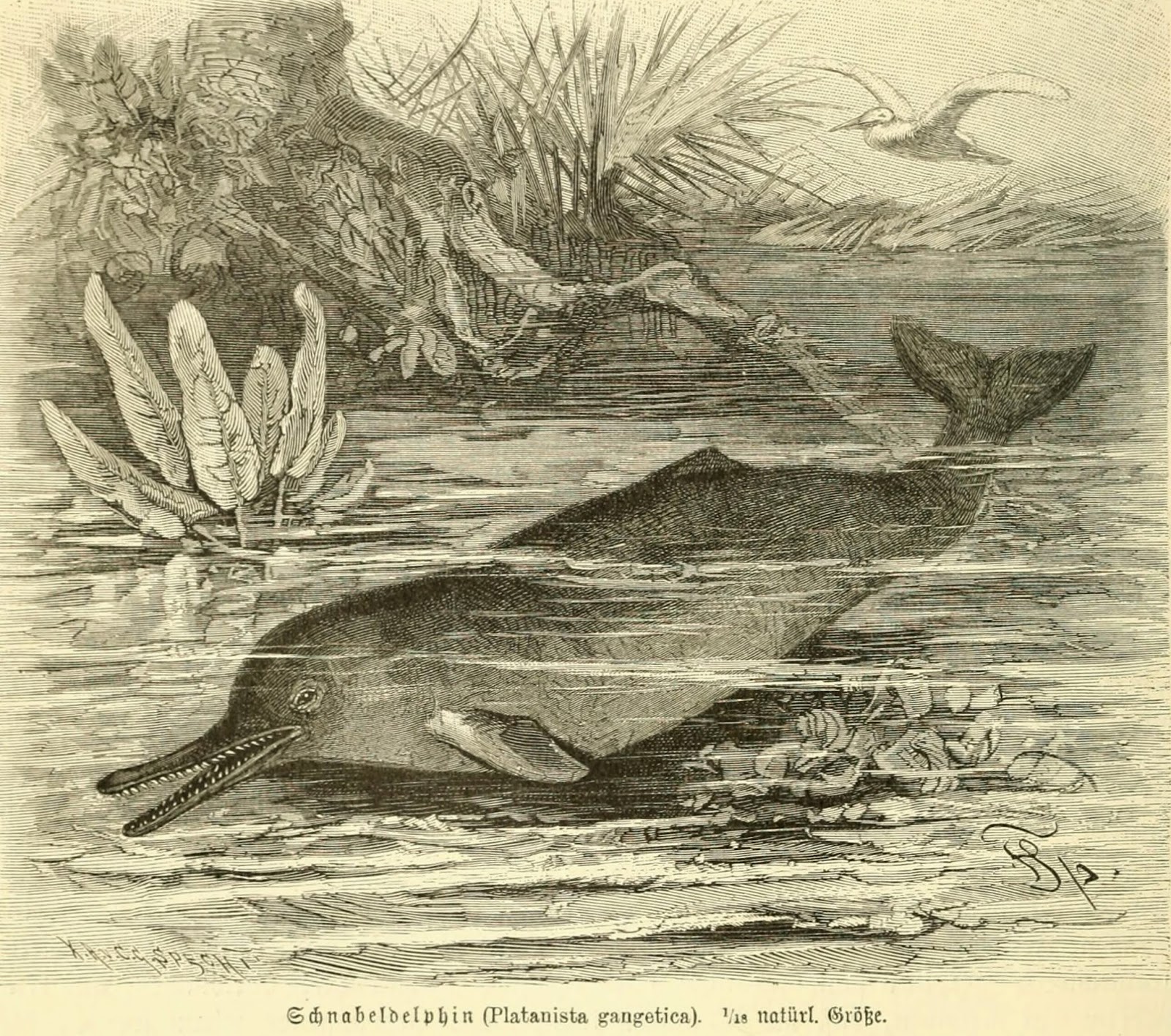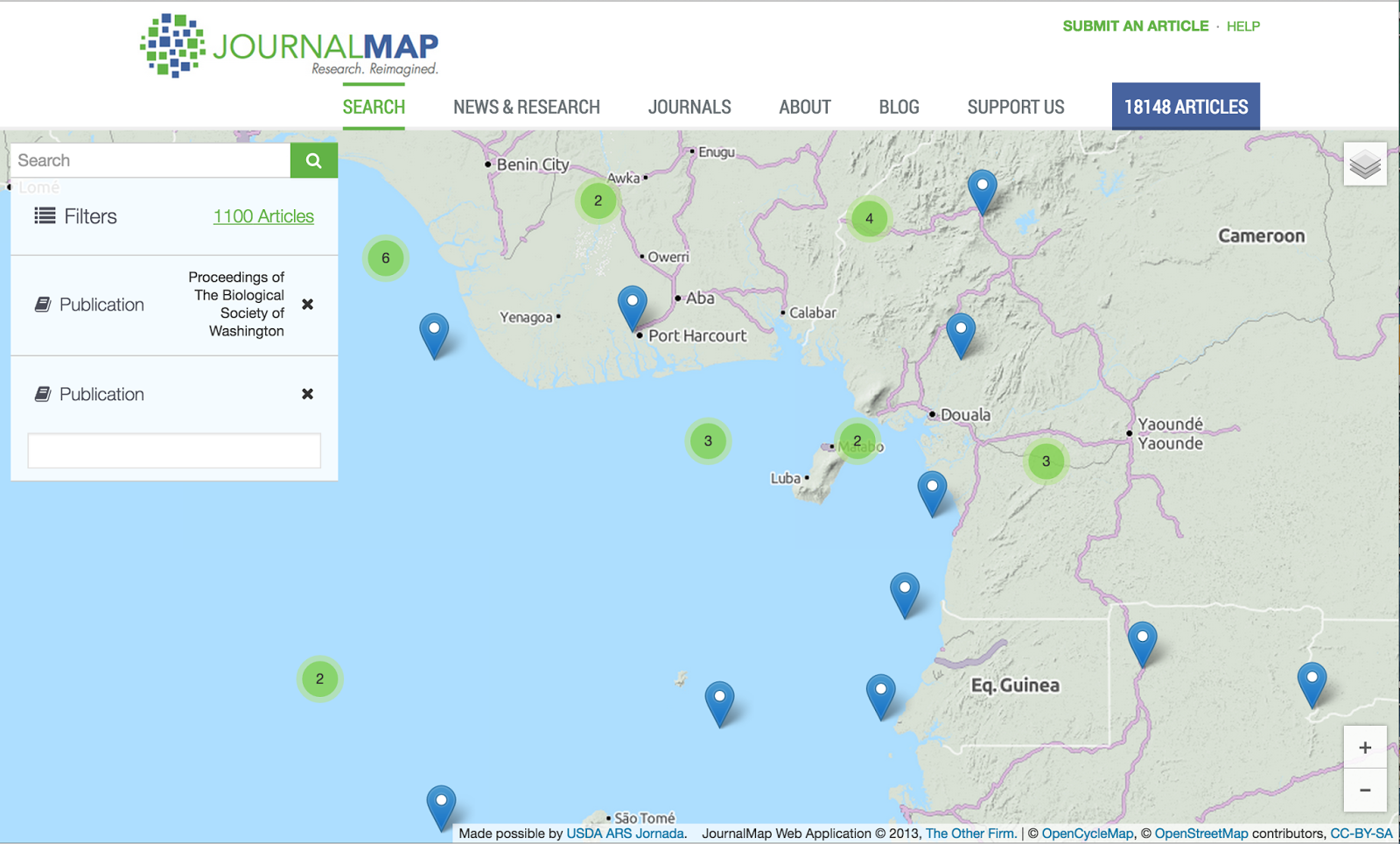Each week, 10-690 species go extinct, according to reports published via Nature. The responsibility for these extinctions rests predominantly on the shoulders of that enigmatic species, the Homo sapiens. Research published in Conservation Biology by senior authors Jurriaan de Vos and Stuart Pimm and their team reports that “extinctions are about 1,000 times more frequent now than in the 60 million years before people came along.” Conservation efforts around the world are striving to undermine this status quo. Species once near extinction (such as the Gray Wolf, California Blue Whales, and the Whooping Crane) are now thriving, and recent studies published in PLoS ONE by authors Bernard W. T. Coetzee, Kevin J. Gaston, and Steven L. Chown demonstrate that protected areas really do save biodiversity.
 |
| Whooping Crane, once near extinction is now recovering thanks to conservation efforts. Studer, Jacob Henry. The Birds of North America (1903). http://biodiversitylibrary.org/page/35159491. |
Not surprisingly, historic literature and archives play a crucial role in conservation initiatives.
Identifying Species to Protect
The first step in any conservation process is identifying what species and habitats to protect. This involves determining which are threatened, as evidenced by biodiversity changes over time like population and distribution declines. To truly understand the extent of these changes, scientists must examine the historical record.
 |
| Chaetodon trifascialis and Oxymonacanthus longirostris in The Fishes of Samoa (1906). As Dr. Joshua Drew explains, “This book was one of the first comprehensive records in the Southwest Pacific…In it, Jordan and Seale give a great look into what these reefs were like before widespread development. Reading their words is like going through a time machine, and allows us a glimpse into a world that will probably never be again.” http://biodiversitylibrary.org/page/32055024. |
“Having access to historical literature is essential to characterizing what ecosystems used to look like, what species were present and what peoples’ opinions of the health of the ecosystem were like throughout time,” explains Dr. Joshua Drew, a marine conservation biologist at The Field Museum. “Taxonomic literature allows me to see the whole history of a species laid out before me. I rely on [it] to get a glimpse of how these wonderfully diverse ecosystems used to look… before widespread development…[and use] those baselines to evaluate how current conservation measures are succeeding.”
Refining Conservation Initiatives
Historic literature and archives can also help scientists prioritize conservation efforts. Information about the relationships among organisms and the impacts of past extinctions reveals “keystone” species critical to the health of an ecosystem.
Climate change and biogeographic research can also further refine conservation strategies. NPR reports that climatology records in literature and fieldbooks help scientists predict future climate change patterns, which provide insight into what habitats (and thus resident species) may be at risk. By revealing how well species have adapted to external cues in the past (BioScience, Johnson et al), the historic record can also illuminate those unlikely to successfully cope with climate change (ScienceNews, Sarah Zielinski). With this knowledge, policy makers can prioritize conservation efforts, especially for the keystone species within these groups.
 |
| Indus River Dolphin, whose declines are linked to the proliferation of irrigation dams. Brehm, Alfred Edmund. Brehms Tierleben. 3rd rev. ed. v. 3 (1910). http://biodiversitylibrary.org/page/32929419. |
The historic record can also elucidate activities that threaten species and ecosystems. For example, according to a study published in PLoS ONE by Braulik et al, distribution reports from the nineteenth century helped researchers correlate declines in the Indus River Dolphin’s population with the proliferation of irrigation dams. This knowledge has led to appeals for water management reform as part of a conservation strategy for the dolphins. Similar correlations can be made between species decline and forest degradation (as evidenced via a 2014 World Resources Institute release), a heated topic within land management reform.
BHL and Big Data
Recently, big data has changed how scientists conduct research, allowing them to more easily access and link biodiversity information. “There’s no question that information about biodiversity now falls firmly in the realm of big data… and the greatest challenge facing biodiversity informatics now is the transition to 21st-century data-management tools,” reports the Natural Environment Research Council of the UK. “The first [phase] is the major task of digitizing over 200 years’ worth of information from libraries and collections around the world.”
One major application of big data within conservation activities involves assembling georeference data. “Knowing where to act is vital,” emphasizes Dr. Stuart Pimm, a biologist at Duke University, in a 2015 Vox article. Thanks to big data, “We can map out where species are. That puts us in a position to be very much smarter about how and where to do conservation.”
 |
| Species occurrence illustrated in JournalMap from geotagged content in Proceedings of The Biological Society of Washington on BHL, made available through BioStor. |
Historic literature provides detailed information about the location of the species scientists have collected and observed throughout the centuries. By digitizing natural history literature under open access principles, the Biodiversity Heritage Library allows the embedded information (such as historic distribution records) to be integrated into big data initiatives.
BHL Helps Scientists Save Biodiversity. You Can Help!
Since the dawn of man, humans have been dramatically altering the biodiversity landscape, and not always for the better. Conservation is an ambitious endeavor “to preserve biodiversity, to restore diminished ecosystems, to advance the science of preventing extinctions, and to undo harm that humans have caused in the past” (Stewart Brand, National Geographic News). By providing evidence of population declines and habitat degradation, capturing distribution data, elucidating harmful activities, and revealing ecosystem interdependencies, historic literature and archives are integral to the formation of effective conservation strategies.
We rely on donations from users like you to help grow our library and keep it free and open. As you think about your holiday giving, we hope you’ll consider making a tax-deductible donation to help save biodiversity.
Learn more about the critical roles BHL and historic literature play in discovering new species, understanding past extinctions, and saving Earth’s biodiversity.





Leave a Comment